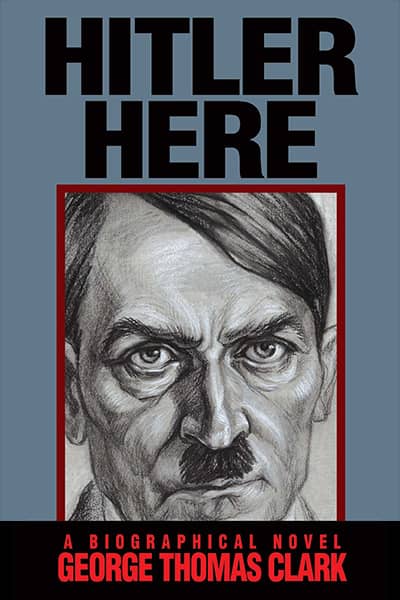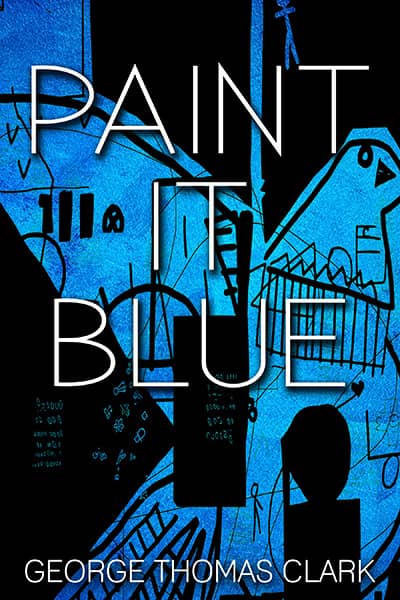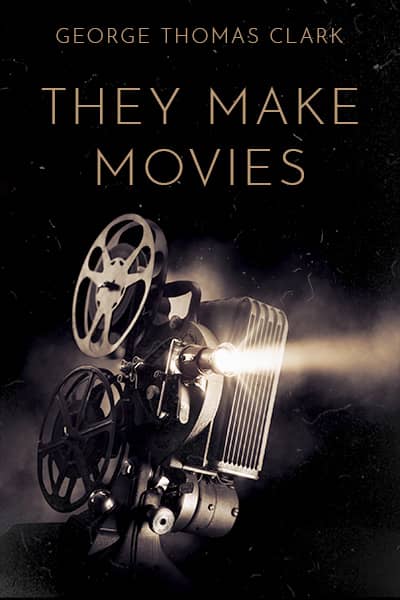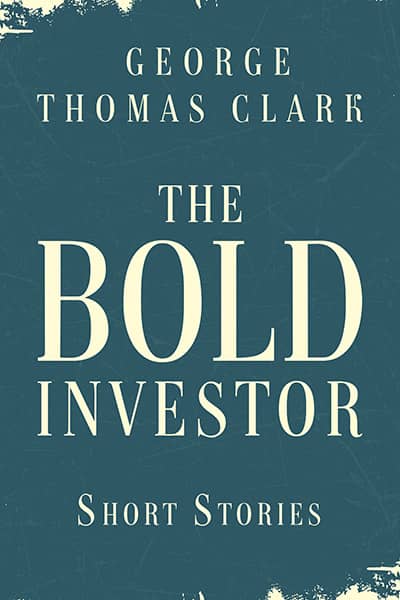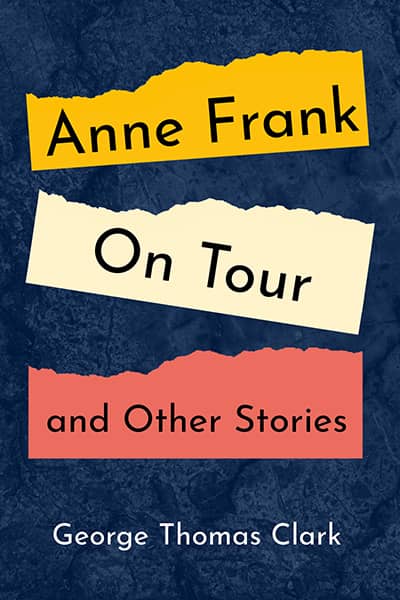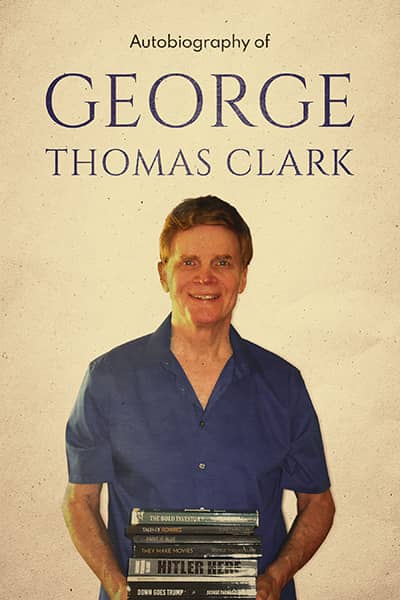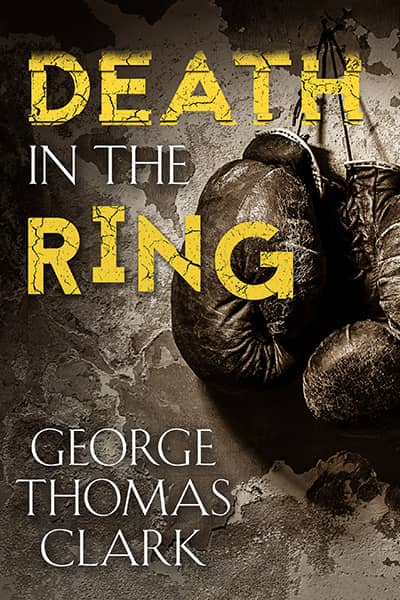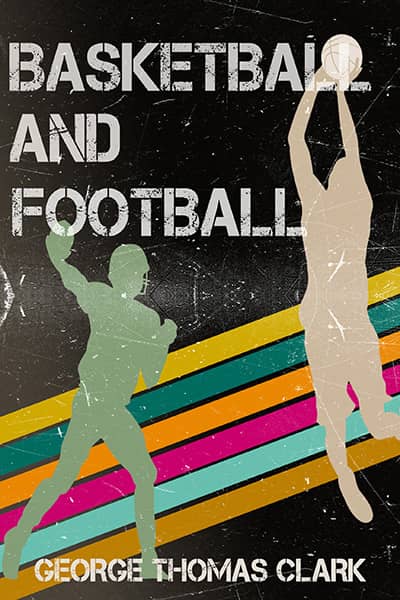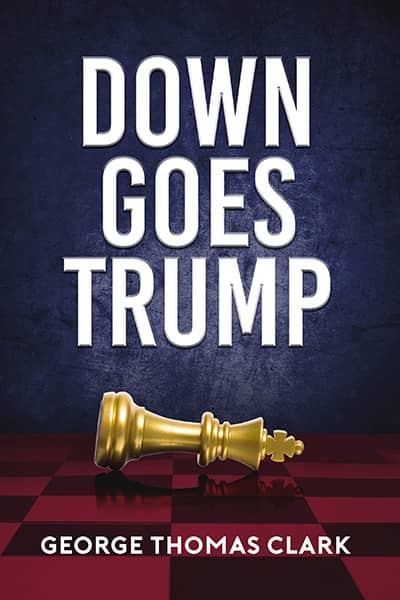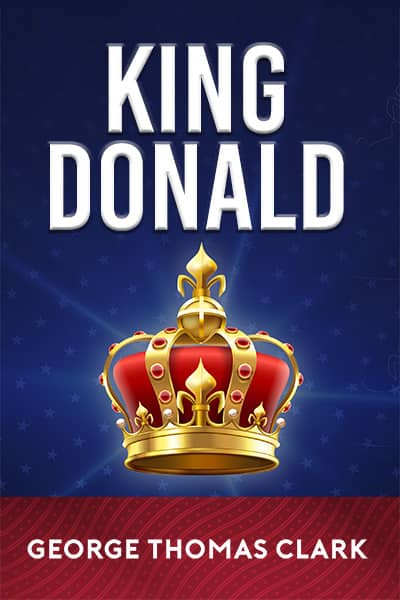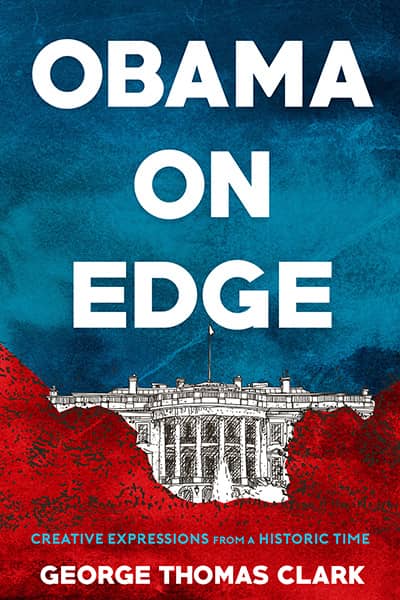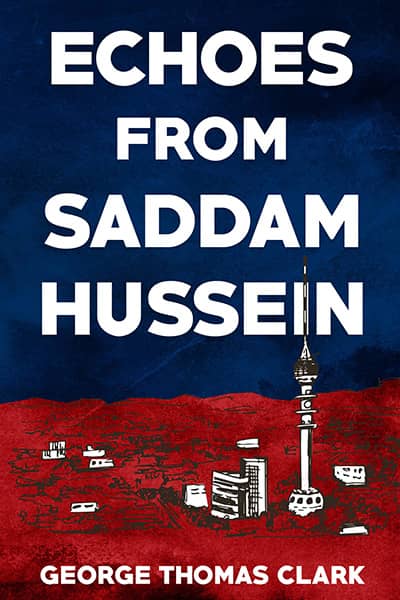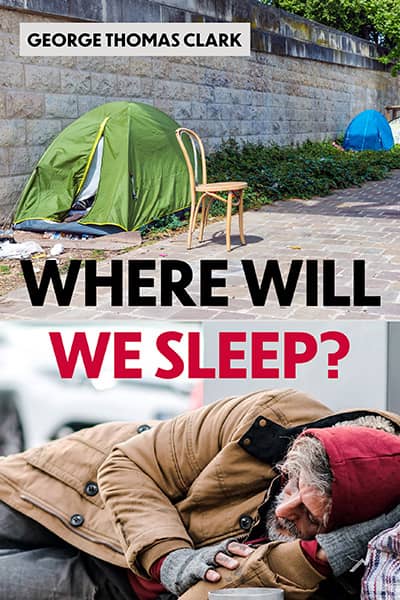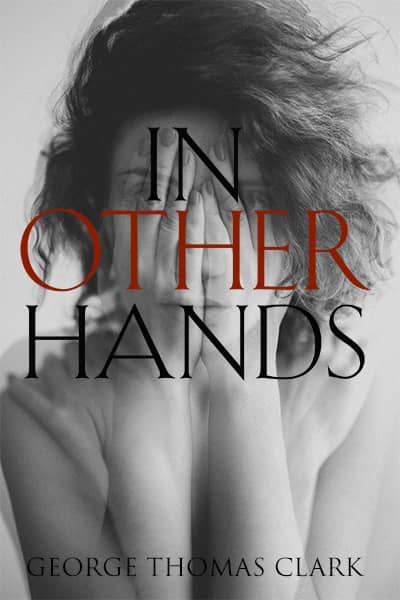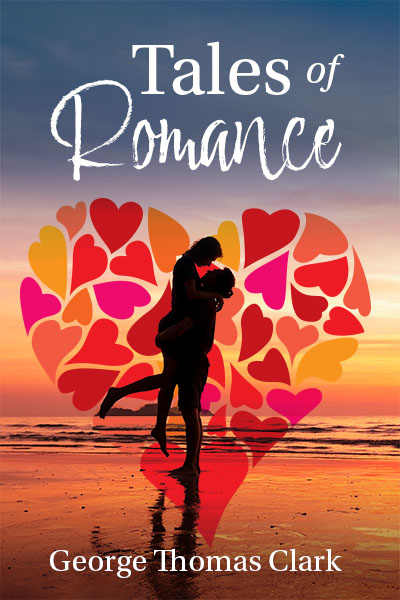Happy Hairston in Shower
September 8, 2017
On a fall evening in 1967, Rick Barry isn’t at Sacramento High School. Neither is Oscar Robertson. Barry after two splendid seasons with the San Francisco Warriors is sitting out this one in order to later earn more money by playing in the wild new American Basketball Association of multi-colored balls and three-point shots. I assume The Big O simply doesn’t want to join his Cincinnati Royals for an exhibition game in an unglamorous place. The fans thus lose the opportunity to see two of the five best players in the world, but we’re not worried.
Tall and muscular Nate Thurmond, who replaced Wilt Chamberlain at center three seasons earlier, and battled him in the NBA finals several months ago, is ripping rebounds out of air a foot above the rim. And a Royal with the best name in the league – Happy Hairston – is scoring and rebounding like an imminent star as he enters his fourth season. He also looks like a nice guy. After the game my friend and I approach him, as fifteen-year-olds are young enough to do.
“Can we have your autograph and talk a little, please?” I ask Hairston.
“I’m sorry, but I can’t right now. Just come back to the locker room in a little while.” He smiles and nods that he means it.
We restrain ourselves and wait a respectable period, perhaps ten minutes, before hurrying down the hall to the locker room.
“Should I open the door?” I ask my friend.
“Go ahead,” he says.
I gently pull back the door, and we peer inside. There’s Hairston, about twenty feet away, freshly emerged from a shower and toweling his six-seven frame.
“Should we go in?” I ask my friend.
As he ponders the issue, we hear the laughs of two little girls about age ten. They’ve slid in front of us and are covering their mouths as they giggle.
Hairston turns to assess the situation, points at me, and says, “Son, son, close the door.”
I do so, and in the hall we worry we probably shouldn’t go in after such a blunder, but we force ourselves. Hairston greets us and signs autographs and talks some hoops. And his six-nine teammate, center Connie Dierking, also joins the conversation, and asks, “Are there any lakes and rivers around here where kids go swimming?”
“Yes, there’s Folsom Lake and the American River and the Sacramento River,” says my friend.
When pros talk to kids they always appreciate it, and I resolve to follow Hairston’s career. He averages seventeen points and seven rebounds for more than half the season before he’s traded, in an unwise move, to the Detroit Pistons, for whom he produces seventeen points and almost eleven rebounds a game for three seasons before he’s traded, in a foolish way, to the Los Angeles Lakers in 1969. Jerry West and Elgin Baylor greet Hairston as well as another new coworker, Wilt Chamberlain, and the group begins the seventies by three times in four years advancing to the NBA finals. In 1972, as Wilt and Hairston consume rebounds, the Lakers, now also boasting hot shooter Gail Goodrich, but minus injured Baylor, win a record thirty-three straight games and roll to the title. Happy Hairston remains a dominant rebounder until retiring in 1975.
In the pre-internet era I don’t hear much about Hairston but later learn he’s started the Happy Hairston Youth Foundation to provide financial aid for college educations of children from broken homes and am impressed by his commitment to charitable work. Then In May 2001 I read a distressing article. Happy Hairston has died of prostate cancer at age fifty-eight; he spent the preceding eight months in the hospital undergoing many operations and chemotherapy. That simply isn’t fair, and I try to suppress that memory and instead recall the charming and athletic young man who offered kids a chance to talk to a pro after an exhibition game a half century ago.
